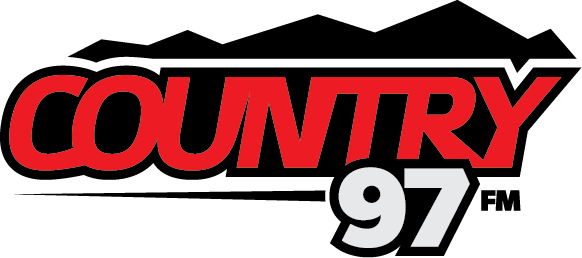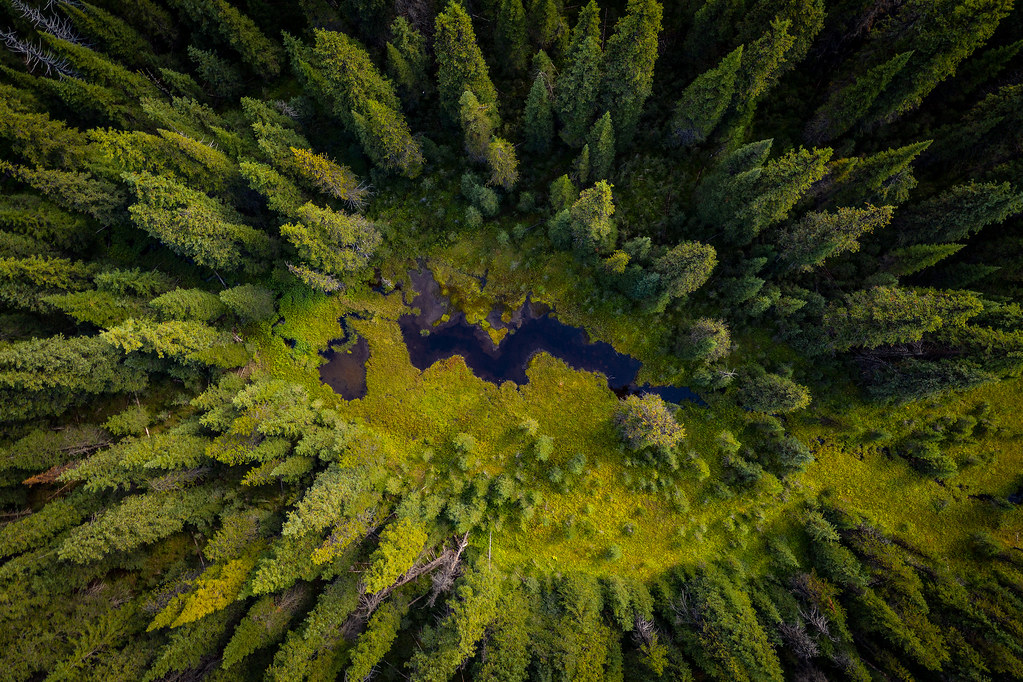The province has renewed it’s blanket authorization for BC Timber Sales broadcast glyphosate spraying in the Peace and Fort Nelson area for the next 5 years.
Glyphosate is a form of herbicide that is used to kill certain plants and grasses.
Additionally, Canfor will be proceeding with spraying about 3,000 hectares in the Upper Fraser area.
However, James Steidle with Stop the Spray BC, says it’s impossible to know the exact location of where this spraying will occur due to a lack of transparency by the BC government.
“The way that the public notification system works for forestry spraying is they just have to notify the public once every five years when they renew their pest management plan. So they don’t tell you that other than in the printed advertisements and newspapers,” he explained.
Steidle says that this form of communication from the provincial government is outdated due to the lack of existing newspapers, and the generally lower reach that they receive.
He explains that this renewal is essentially a blanket renewal for glyphosate spraying to occur on any cutblocks that exist in a large area of Northern BC for BC Timber sales.
“What they’re seeking authorization for is basically to be allowed to spray any of the cutblocks they want for the next five years, and this is basically now the public consultation period, it is basically a vague plan that isn’t even posted online you have to go to an office to look for it,” Steidle explained.
Stop the Spray BC is now calling on the provincial government to make the Glyphosate spraying process more transparent to the public by letting them know where and when the spraying will occur on a regular basis.
He refers to a 2016 incident when a Buckhorn woman was out riding her horse in the evening and ended up getting sprayed with a pesticide by a helicopter.
Steidle says different methods are used during glyphosate sprayings, such as backpack and aerial spraying, but the rules surrounding glyphosate spraying, especially those around bodies of water need to be reconsidered.
“If it’s a classified wetland you’re not supposed to spray it but there’s a lot of unclassified wetlands that can be fairly significant in size like in June they might be a couple of acres big but by the time the end of August rolls around there might only be a small patch of open water, and that can get sprayed still,” Steidle said.
Spraying must occur at least 30 ft away from both classified wetlands and fish-bearing rivers.
“30 feet is not good protection. We know that because the drift can actually contaminate these areas, and the only thing they go by is that there’s still a 30 foot stretch of untouched vegetation between the spray block and the river but that doesn’t mean the drift never got into those areas or got into the river,” he explained.
He says that previous reports have found drift has entered bodies of water from up to 800 metres from the bank.
Steidle says glyphosate spraying has been an issue in BC for years, and both wildlife and those that work in BC’s natural landscape often have to deal with the repercussions.
“So let’s say for instance you’re a wildlife researcher and you have some research blocks in some of these cutblocks, you’re not going to know which ones could get sprayed,” he added.
On Tuesday, Stop the Spray BC will be protesting and calling on the BC Government to implicate a more transparent process of allowing Glyphosate spraying.



